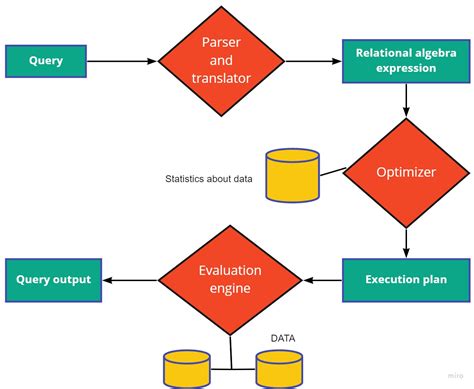Optimizing Blockchain Performance with AI Techniques
The blockchain has revolutionized the way we conduct transactions and store data, but its speed and scalability have also become significant challenges. The increasing amount of data being generated on a daily basis, combined with the need for high-performance processing and low latency, has forced developers to explore innovative solutions to optimize blockchain performance.
What is Blockchain Performance?
Blockchain performance refers to the efficiency and speed at which transactions are processed, stored, and retrieved in a blockchain network. The primary goal of optimizing blockchain performance is to ensure that users can perform transactions quickly and securely without compromising on data integrity or security.
Challenges with Traditional Blockchain Technologies
Traditional blockchain technologies, such as Ethereum and Bitcoin, have been optimized for scalability through various techniques, including:
- Decentralized Application (dApp) networks
: These platforms allow developers to create and deploy their own applications on the blockchain, which can reduce the load on central authorities.
- Smart contracts

: Self-executing contracts with the terms of the agreement written directly into lines of code. They automate various processes and reduce the need for intermediaries.
- Decentralized data storage: Blockchain-based databases allow for decentralized storage solutions, reducing the need for centralized data centers.
However, these traditional blockchain technologies still have limitations when it comes to performance. High transaction fees, slow block times, and low throughput can lead to significant delays and inefficiencies in transactions.
The Role of Artificial Intelligence (AI) Techniques
Artificial intelligence has emerged as a powerful tool for optimizing blockchain performance. By leveraging AI techniques, developers can create more efficient and effective solutions that balance security with scalability and latency constraints. Some key AI techniques used in optimizing blockchain performance include:
- Machine Learning (ML): ML algorithms can analyze data patterns to predict transaction behavior and optimize block creation times.
- Deep Learning: Techniques like neural networks can be trained on vast amounts of data to identify complex patterns and reduce computational requirements.
- Optimization Algorithms: Advanced optimization techniques, such as genetic algorithms and simulated annealing, can be used to minimize the number of transactions required to reach a consensus.
Implementing AI-Powered Blockchain Solutions
To implement AI-powered blockchain solutions, developers must consider several factors:
- Data analysis: The amount and complexity of data being generated on the blockchain demand sophisticated data analysis capabilities.
- Scalability: AI algorithms require significant computational resources to execute efficiently; therefore, it’s essential to optimize system performance during scaling phases.
- Integration: Combining AI models with existing blockchain infrastructure can be a challenge due to varying scalability, latency, and security requirements.
Real-World Examples
Several companies have successfully implemented AI-powered blockchain solutions, including:
- Chainlink: This decentralized oracle network uses machine learning algorithms to provide real-world data to smart contracts.
- Quantum Ledger Database (QLDB): QLDB is a distributed ledger technology that leverages AI-driven optimization techniques for improved performance.
- Ledger NXT: Ledger NXT is an open-source, blockchain-based platform that utilizes AI-powered scalability solutions.
